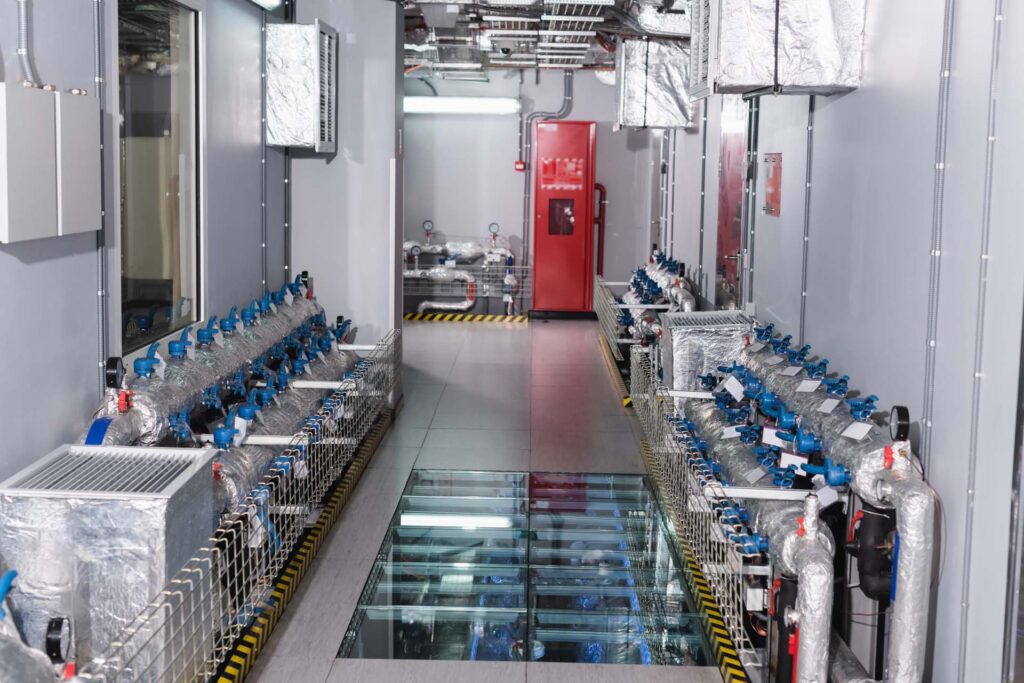WORKERS' COMP THOUGHT LEADERSHIP SERIES
Simple Ideas for a Complex System
Presented by


Containment Room issues in Distribution and Production centers
by Bill Zachry, SCIF Board Member
A containment room is a highly protected area to store flammable and combustible items in a warehouse to avoid catastrophic fires. Items such as cigarette lighters, candles and other highly flammable products are usually segregated from the rest of the warehouse in a “containment room.” Having a containment room in a distribution warehouse is part of having a warehouse that is designated as a “Highly Protected Risk.” HPR is a designation given by insurance companies to facilities which results in significantly lower property insurance costs.
Creating and maintaining a “containment room” in distribution centers and warehouses involves various considerations, including human elements, engineering aspects, and identifying products suitable for such containment. Insights into the issues associated with containment rooms:
Safety and Health Regulations: Compliance with safety and health regulations is crucial when setting up a containment room.
Failing to meet these standards can lead to potential fines and worker health issues.
Engineering and Infrastructure: Designing the room with the right engineering features, such as ventilation, temperature control, and fire suppression systems, is essential to maintain the integrity of the products stored within and protect the workers.
Product Identification: Identifying which products should be held in the containment room is a critical aspect. This requires a comprehensive risk assessment to determine which goods are hazardous, sensitive to environmental conditions, or require extra security.
Inventory Management: Managing inventory within the containment room can be challenging. It requires robust tracking systems to ensure that products are stored correctly, rotated, and disposed of when necessary.
Training and Human Element: Proper training for warehouse staff is essential. Workers need to understand the protocols for entering and exiting the containment room safely, handling hazardous materials, and responding to emergencies.
Security: Maintaining security in the containment room is vital to prevent unauthorized access, theft, or tampering with sensitive products.
Emergency Response: Developing clear emergency response plans in case of accidents or incidents within the containment room is essential for the safety of workers and the protection of the environment.
Documentation and Reporting: Maintaining accurate records and reporting procedures is crucial for regulatory compliance and risk management.
While these are some of the general considerations for containment rooms in distribution centers and warehouses, it’s important to adapt these principles to the specific needs and requirements of the industry and organization.



